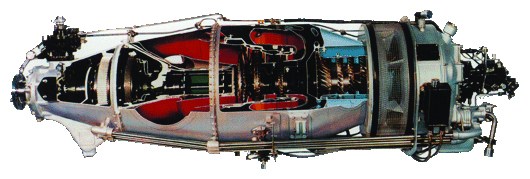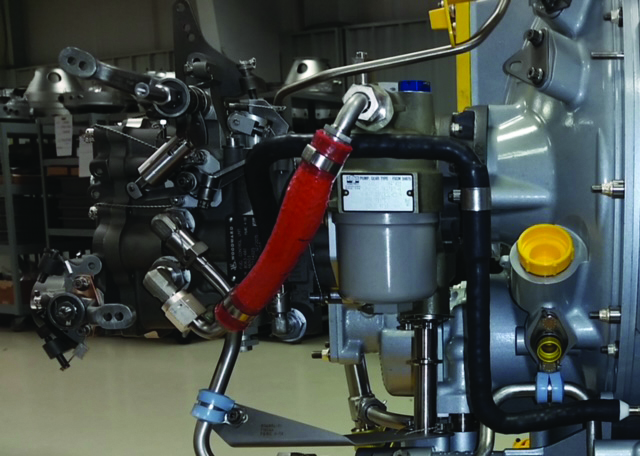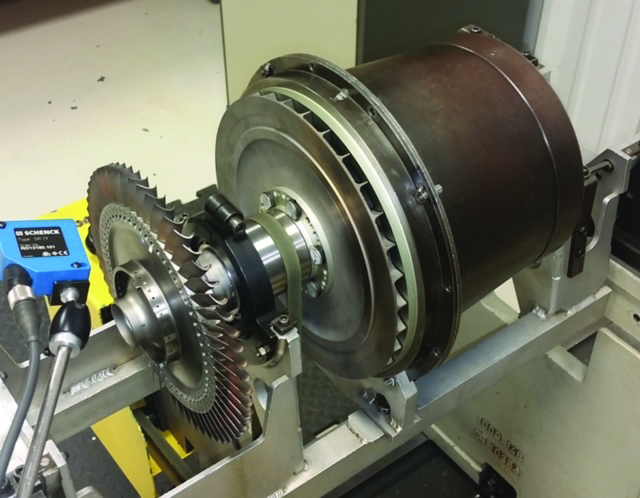Clear communication can sometimes be challenging. What a person feels, senses, or perceives can challenge beliefs and reality. I am not trying to get philosophical; I am only trying to point out that perspective can significantly influence communication.
I have had discussions about engines that have “shut down” in flight. Although this can happen, it is rare in my opinion and estimation. More likely, a power or prop change has altered the aircraft’s operations. The airplane has lost power for whatever reason, but the communication to us is that the engine shut down.
I want to discuss here how the PT6A operates and why an actual in-flight shutdown is very rare. Operationally, you have heard me and others say many times during training classes and discussions that an engine will stay running as long as it has fuel. Let’s review how an engine functions and why that statement is true.

When you start the PT6, you engage the starter/generator, turn on the igniters, and watch for an indication of oil pressure. This begins to spin the compressor, and we look for a rise in Ng (compressor speed). We want to obtain the maximum amount of Ng before we add fuel. The minimum Ng that must be obtained is 12%. If you cannot reach this level, you must abort the start and investigate. The most common problem found would be the batteries. To avoid battery issues, we use, and recommend using, a ground power source when starting. Starting is one of the most strenuous times for your batteries. Once Ng has accelerated past 12%, you can advance the fuel lever to the ground idle position. If you have an older service bulletin level engine that runs glow plugs rather than spark igniters, you must allow Ng to stabilize for about five seconds before adding the fuel. Once ground idle has been obtained, you can disconnect your ground power, switch the starter to generator mode, and turn off the igniters.
Many of you are aware of this start sequence. Here is what is going on inside the engine. The air produced by the gas generator begins to go to work inside the engine. Air pressure closes drains and starts to flow through the engine for use. Air seals begin their function (that is another topic when we are talking about engine construction). The oil system begins to circulate the oil within the engine. Some portion of the now-warming oil flows through the fuel-to-oil heater, thus preheating the fuel for ignition. Once the fuel lever is moved to the ground idle position, the fuel control senses the requirement to provide fuel for the engine.
Air pressure is used inside the fuel control to send the fuel to the fuel nozzles. Initially, the fuel is provided at a PSI that only supplies fuel to the primary portion of the nozzles. When air pressure increases, the fuel is delivered to the secondary portion of the nozzles, and ground idle speed is reached. With the compressor spinning and fuel burning, the compressor turbine takes over operations by driving the compressor. If it receives the hot compressed gasses from the compressor/fuel burning process, it will continue to drive the compressor. Therefore, we say that the engine will stay running as long as there is fuel. To complete the cycle of events, the hot gasses leave the compressor turbine blades and are directed to the power turbine blades. This spins the power turbine disk, which turns the reduction gears in the power section and, in turn, rotates the propeller.

If you have an issue with something in the air system that controls the amount of fuel delivered, or if you have an issue with a fuel control, what is the result? The fuel control doesn’t stop sending fuel to the engine. It does, however, reduce the rate of fuel to a level that we reference as minimum (or min) flow. This amount of fuel is enough to keep the engine running. That is why many times, after having an issue and landing the airplane, the pilot still must pull the fuel lever back to cutoff and shut the engine down. This will be something that is less than ground idle, but it is enough to keep the engine running. In an emergency, this allows the aircraft to be landed safely. Keeping the engine running at minimum flow also allows the pilot to use the manual override, if equipped, to land safely.
If you are flying around and suddenly, the engine rolls back to min flow, it may feel like the engine has quit. In most cases, however, it is still running. There have been instances where an in-flight shutdown has occurred. If you have a catastrophic failure of engine components, it could happen. The most common cause that I have seen, however, is running the engine/airplane out of fuel. This has happened more than once. When the days get long and you are tired, remember all the training you have sat through. Remember to take a breath, take a moment, and take on fuel.
In my many years on Earth, it has become apparent that communication is something we all struggle with but is vitally important. I also find it interesting that in the countries I have visited where I don’t speak the language, I can still communicate with other mechanics about engine-related matters. If we work together to understand the points each of us is trying to get across, we will gain understanding and knowledge. Tony Robbins said, “To effectively communicate, we must realize that we are all different in the way we perceive the world and use this understanding as a guide to our communication with others.”
Robert Craymer has worked on PT6A engines and PT6A-powered aircraft for the past three decades, including the last 25+ years at Covington Aircraft. As a licensed A&P mechanic, Robert has held every job in an engine overhaul shop and has been an instructor of PT6A Maintenance and Familiarization courses for pilots and mechanics. Robert has been elected to the NAAA board as the Allied-Propulsion Board Member. Robert can be reached at robertc@covingtonaircraft.com or 662-910-9899. Visit us at covingtonaircraft.com.





